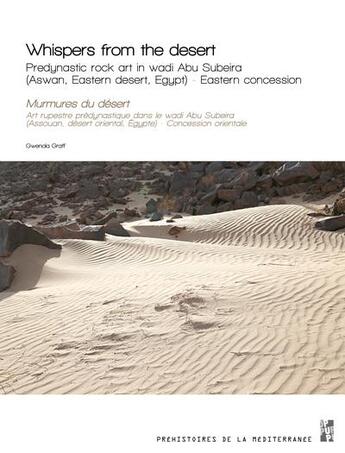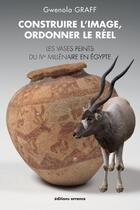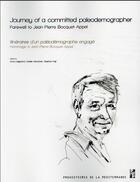-
Date de parution : 04/12/2024
-
Editeur :
Pu De Provence
-
EAN : 9791032005361
-
Série :
(-)
-
Support :
Papier
Résumé:
Ce livre tout en anglais présente des recherches menées dans le désert oriental sur les gravures prépharaoniques du Nagada, culture connue dans la vallée du Nil par ses nécropoles, lieux de cultes et habitats. Ici, les hommes ont laissé les images de leurs activités.
This volume is the... Voir plus
Ce livre tout en anglais présente des recherches menées dans le désert oriental sur les gravures prépharaoniques du Nagada, culture connue dans la vallée du Nil par ses nécropoles, lieux de cultes et habitats. Ici, les hommes ont laissé les images de leurs activités.
This volume is the first of a collection of four presenting the results of research carried out jointly by two teams (French and Egyptian) in a dry valley situated in Egypt's Eastern desert over the last fifteen years: The wadi Abu Subeira, which opens onto the Nile valley some fifteen kilometers north of Aswan. The present study focuses more specifically on the discoveries of rock-art representations attributable to the Predynastic period, in the 4th millennium. Nearly a thousand previously unpublished panels, comprising some twenty thousand engravings, are made accessible to the reader, thus renewing our knowledge of prehistoric Egyptian imagery and, for the first time, they are integrated into a landscape perspective, within a systematically studied area of about sixty square kilometers. This enormous volume of hitherto unpublished documents allows us to enrich our knowledge of predynastic Egypt, and to reconsider the cultural, societal and environmental issues of that period. In the end, it opens up new, unexpected horizons. Indeed, by considering the establishment of the Pharaonic phenomenon and its local variations from territories as marginal as the wadi Abu Subeira, this study provides a new and broader perspective.
Donner votre avis










